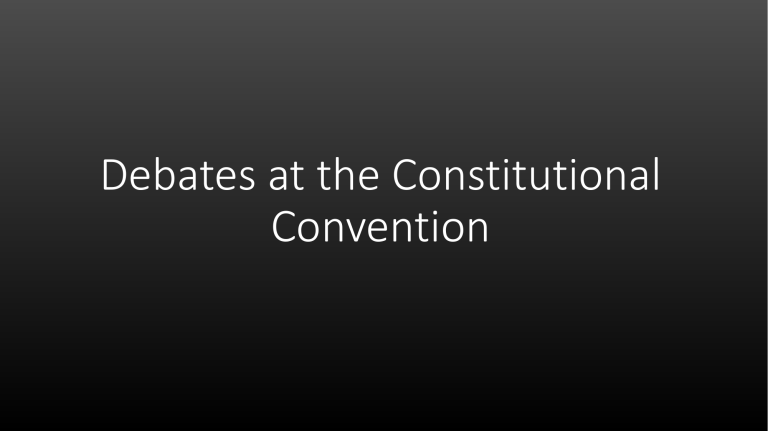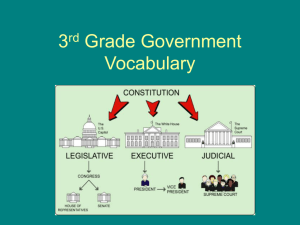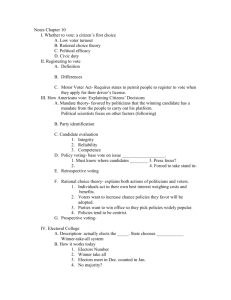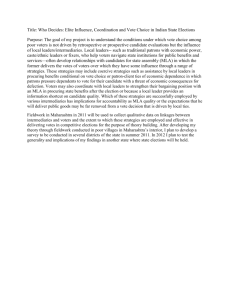Debates at the Constitutional Convention

Debates at the Constitutional
Convention
National VS Local Government
• National control – Gives full control to the central government in the
United States – supported by Hamilton, Franklin, Madison. National
Government would make laws in all cases they can veto all laws passed by individual states that contradict or violate the constitution
• Local Control – National government should make laws binding on the people of the US only in cases that clearly concern the common interests of the country, but should not interfere otherwise. – supported by Martin,
Mason, Gerry)
• There is also a position that would require a combination of both side between national and local control – supported by Sherman, Brearly, and
Ellsworth
Representation – Population or state?
• Population – Each state has representation based on the size of their population – supported by Madison, Wilson, Morris (Washington and
Hamilton also agreed)
• State – All states are given one vote for equality – supported by
Martin, Paterson, Dickinson
• Shared – Each state in Congress has two votes in a senate and votes in a second branch in proportion to their population – supported by
Franklin, Sherman, and Gorham
The Virginia Plan
• Proposed a bicameral (two house), legislature and the membership was based on the states population
• Voters would elect members of the lower house and these members would then elect members of the upper house. Both of these houses would then vote for the country’s president and judges
• Written by Madison
The New Jersey Plan
• Delegates from the small states rejected the Virginia Plan because it gave too much power to the states with a large population
• Proposed a single house congress in which each state had one vote
• It would then give control of Congress to the seven smallest state if they had voted together. (However, these seven small states only made up 25% of the population)
• Proposed by William Patterson
The Great Compromise
• Delegates tempers’ flared and the debate became deadlocked.
• Eventually, Roger Sherman suggested what became known as The Great
Compromise.
• It offered a two house congress which would satisfy both small and big state. Each state would have equal representation in the Senate and the size of the population of each state would determine how many representatives were in the House of Representatives. Voters of each state would choose members of the House and the state legislatures would choose members of the Senate
• This satisfied those who favored government by the people because it allowed voters to participate directly in choosing representatives. It also satisfied those who defended states’ rights because it preserve the power of the state legislature
Majority Rule vs Checks and Balances
• Democratic Approach – All men over 18 should be allowed to vote, the
President, Senators, and Representatives are elected by the voters and should be eligible for re-election – supported by Franklin, Martin and
Wilson
• Aristocratic Approach (Majority Rule) – Only male freeholders of age 21 or older can vote and the president should be elected by electors appointed by the state and serve a 10 year term. Senators would be elected by the state as well serving a 7 year term and representatives would be elected by the voters and serve unlimited terms. – supported by Hamilton, Madison,
Morris
• Compromise (unsure if this happened)– Taken from both the democratic and Aristocratic Approach – supported by Paterson, Pierce, Washington)
WRITING ASSIGNMENT
• Pick one of these debates and write AT LEAST a minimum of a three paragraph essay
• In the essay, include an introduction (with a thesis), at least one body paragraph, and a conclusion.
• YOU WILL ABSOLUTELY NEED EVIDENCE IN ORDER FOR YOUR ARGUMENT TO
BE VALID
• You will be using the debate documents on the website (the one’s we have been going over in class)
• For support, use quotes and CITE them. If you have quotes, your paper will be that much better!










